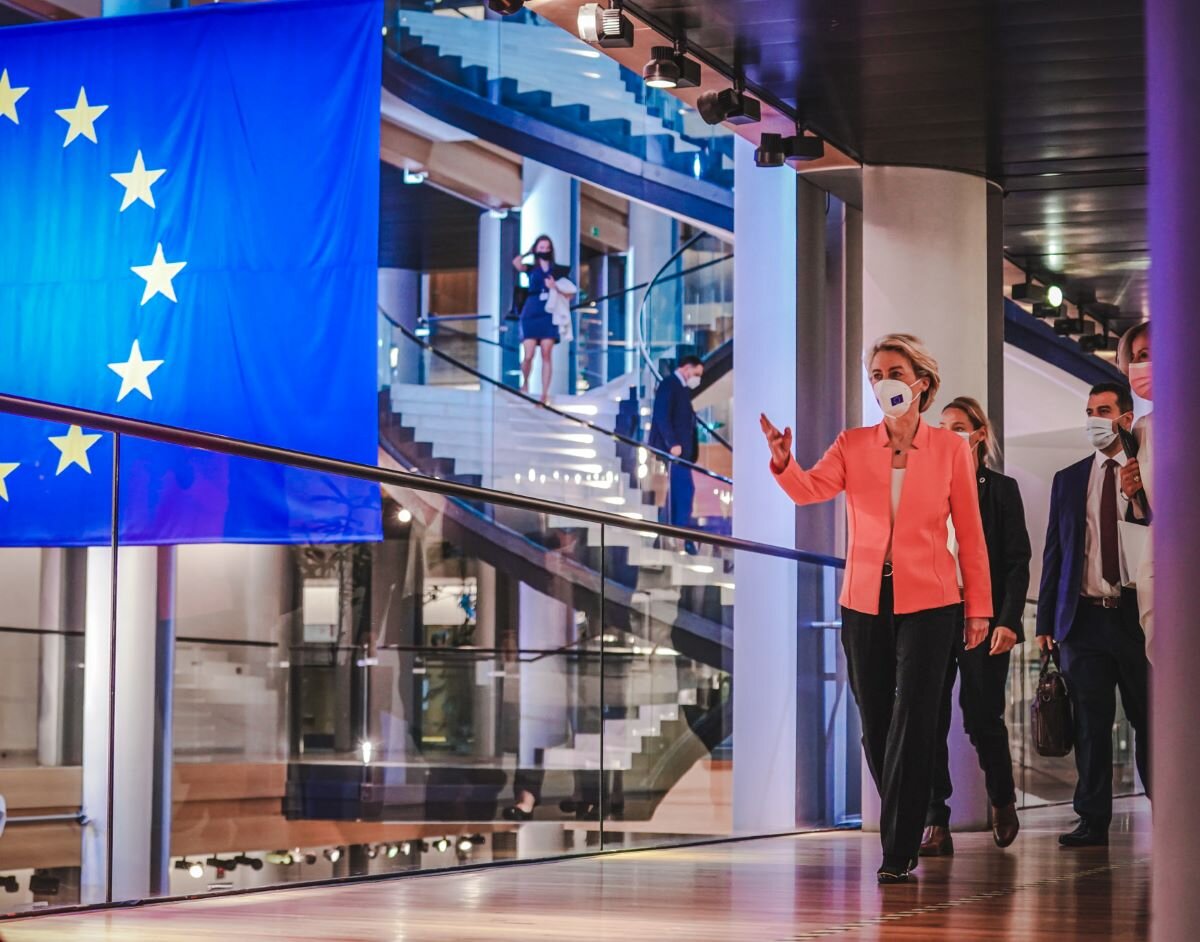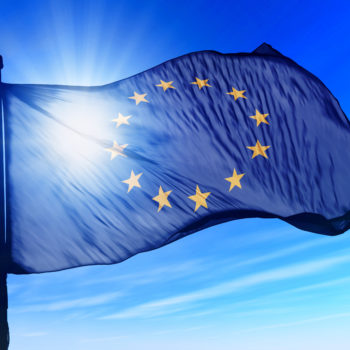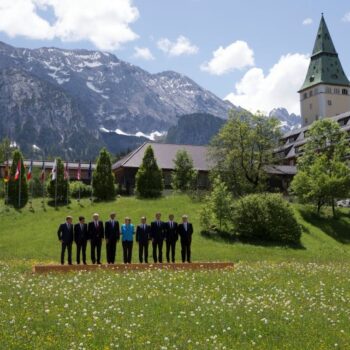The next European Council is focused on the domestic consequences of Russia’s invasion of Ukraine. It is an opportunity for European leaders to show solidarity and recognise the global impacts of conflict, with concrete and immediate support for food-vulnerable third countries. As the Council shifts from firefighting to laying the ground for strategy building, now is the time to mobilise existing tools like Global Gateway to build credible, mutually beneficial partnerships and thus secure the EU’s long-term resilience to interconnected crises.
For the EU, the invasion exposes the critical importance of deep and sustained engagement with third countries to secure its economic, energy and security resilience in an interconnected world. The risks of ideological polarisation and side-taking add urgency to the case for the EU to step up such engagement. A UN General Assembly vote largely supported an end to the Russian offensive in Ukraine but showed a number of opposing and abstaining countries – including, China, India and 17 African states. This wake-up call should remind the EU to continue investing in international relationship-building.
The combined impact of reduced food supply, soaring prices and possibly the reduced ability of organisations like the World Food Programme (WFP) to adequately address crises is raising alarm bells.
Simultaneously, the impact on food systems is set to throw already vulnerable countries deeper into crisis, likely followed by the secondary impacts of the sanctions spearheaded by the EU and US. The combined impact of reduced food supply, soaring prices and possibly the reduced ability of organisations like the World Food Programme (WFP) to adequately address crises is raising alarm bells – and calls for a concerted European food support package that provides immediate relief.
In this dire context, the EU’s 2021 flagship Global Gateway initiative is a ready-made instrument to demonstrate credible engagement in partners’ immediate resilience and build longer-term commitments to support their sustainable development.
This would require the following from European Heads of States and Governments (HoSG):
1- Step up international solidarity and agree on immediate packages of food security support
The WFP warned that 2022 could be a year of ‘catastrophic hunger’, worsened by Russia and Ukraine’s large share of food commodities exports. The EU however remains food secure as the world’s leading agricultural producer and second main contributor to the WFP, together with Member States. The G7 has already committed to help relieve the food crisis and the Commission just released a suite of important structural measures to improve global food security, but the WFP warns the EU that more is needed. European HoSG are expected to show concrete international solidarity and commit to measures that address the immediate food emergency. This would alleviate developing countries that are disproportionately impacted and shield Europe’s partners from possible further destabilisation through Russia’s weaponisation of food supplies.
European HoSG are expected to show concrete international solidarity and commit to measures that address the immediate food emergency.
2 – Endorse Global Gateway as the EU’s offer for genuine climate transition solidarity partnerships
Thanks to Global Gateway, the EU has an appropriate vehicle to leverage its own clean economy to extend its green prosperity towards neighbourhood countries and Africa. By endorsing Global Gateway, EU leaders can lend credibility to what is currently framed as a Commission project. But with few results so far and the implementation gap that plagued its predecessor initiative, Global Gateway must still convince EU partners it is more than a declaration of intent. HoSG can go beyond displaying the European Green Deal model and instead call for building the architecture and the financing that can carry a climate solidarity transition agenda with neighbouring countries and Africa. This could include mandating Foreign Affairs Councils for regular Global Gateway points, for monitoring progress and delivery against climate and development objectives.
Most importantly, EU leaders are best placed to silence doubts about Global Gateway’s ability to effectively channel the promised public and private finance to where it is needed, against China’s relatively successful financial support through the Belt and Road initiative. With Team Europe as the delivery mechanism, it is in the hands of Member States to set the initiative in motion and demonstrate Global Gateway’s contribution to sustainable growth and development support.
HoSG can go beyond displaying the European Green Deal model and instead call for building the architecture and the financing that can carry a climate solidarity transition agenda with neighbouring countries and Africa.
3 – Develop confidence in a partner-owned approach by building it into Global Gateway delivery DNA
The credibility and impact of the EU’s engagement offer is predicated on its ability to match partners’ needs. Global Gateway was created with this in mind. How to do this? The message at the latest EU-AU summit was clear – build partnerships of equals. HoSG can mould Global Gateway to demonstrate their commitment in moving out of a sole donor-recipient cooperation rationale. This is a sizeable challenge that Global Gateway alone will not solve. It can however constitute a credible political. Publicly committing to building Global Gateway around identifying and supporting partners’ needs can trigger the necessary fundamental shift in EU cooperation at all levels.



